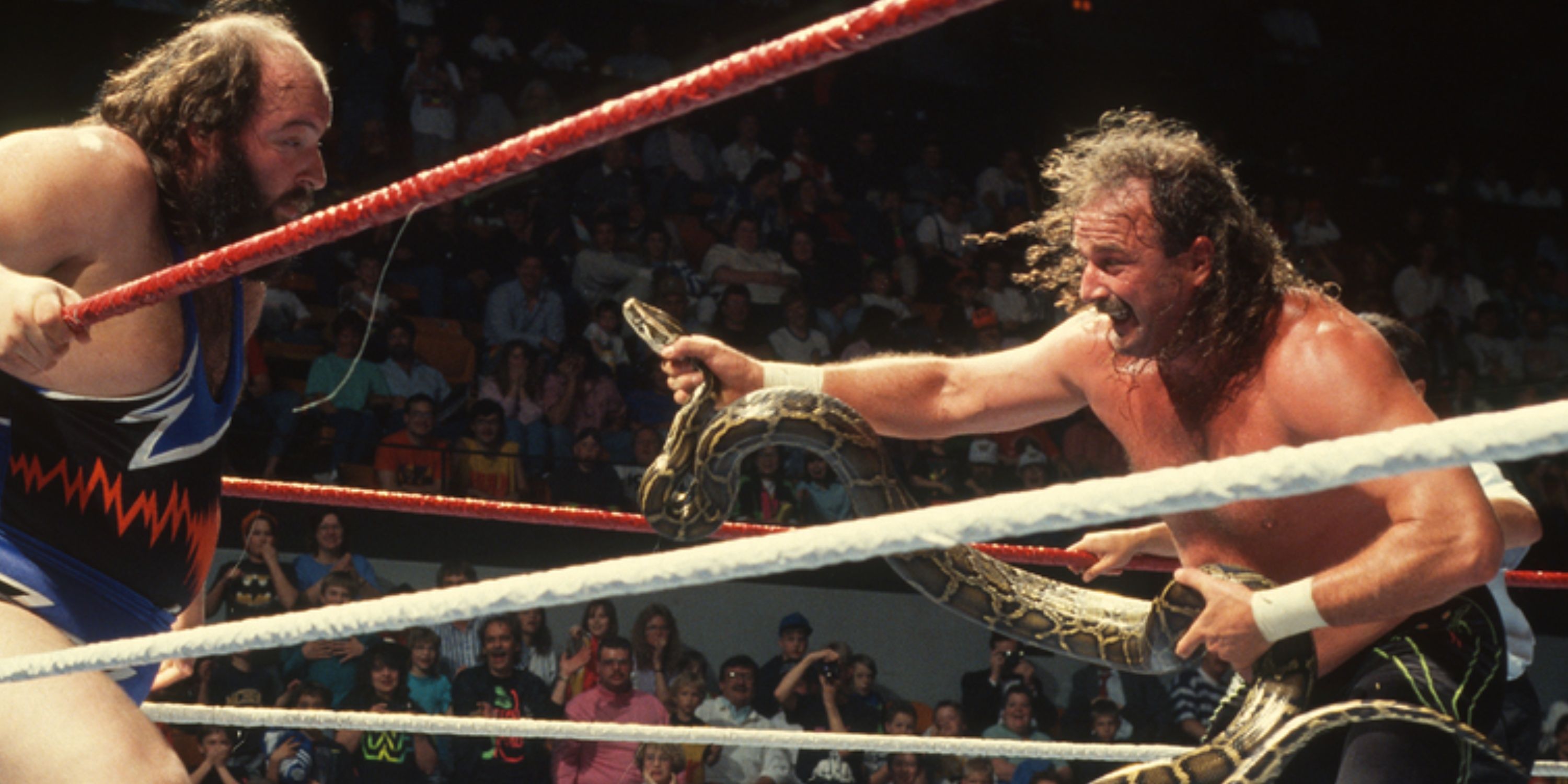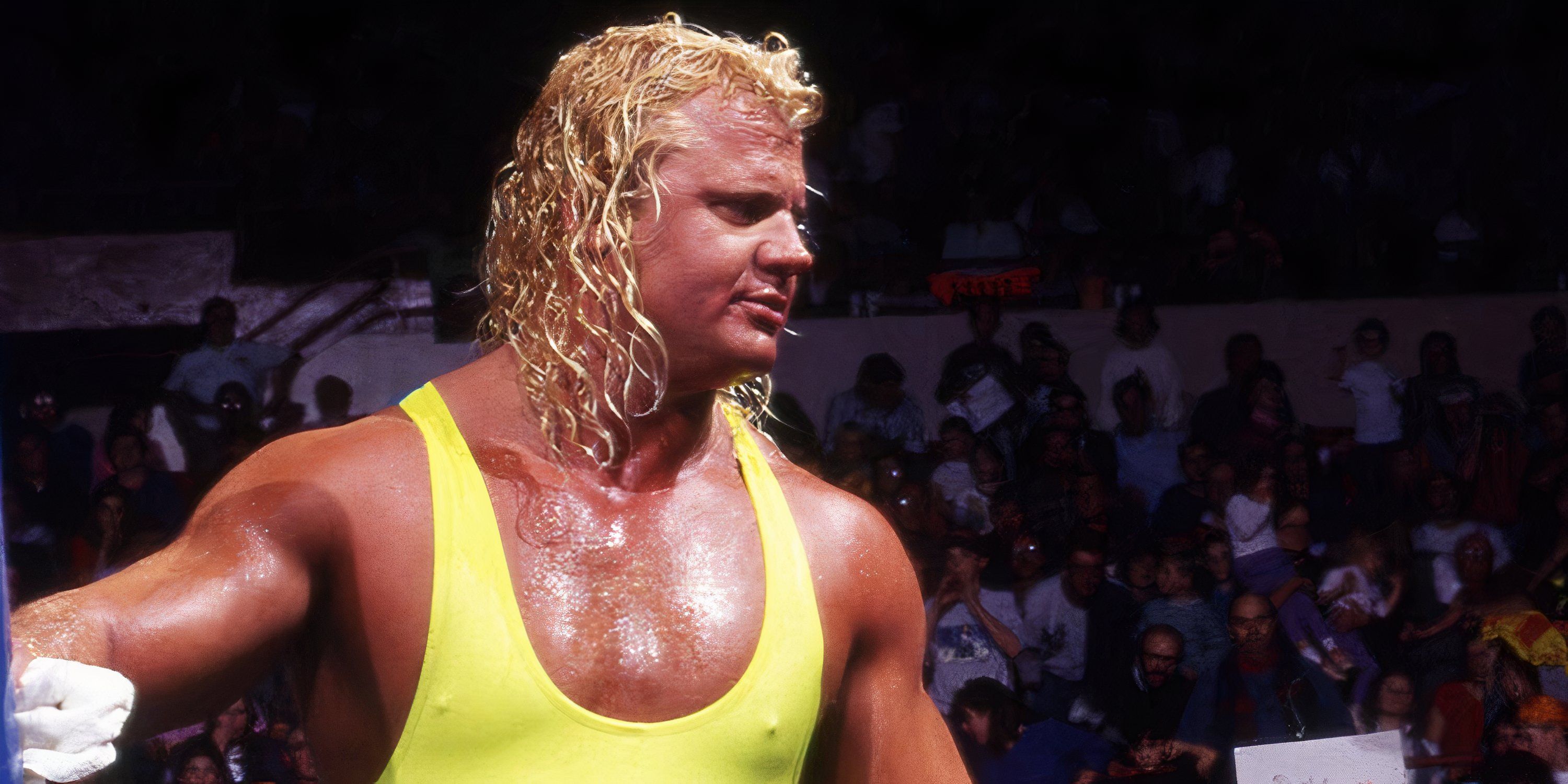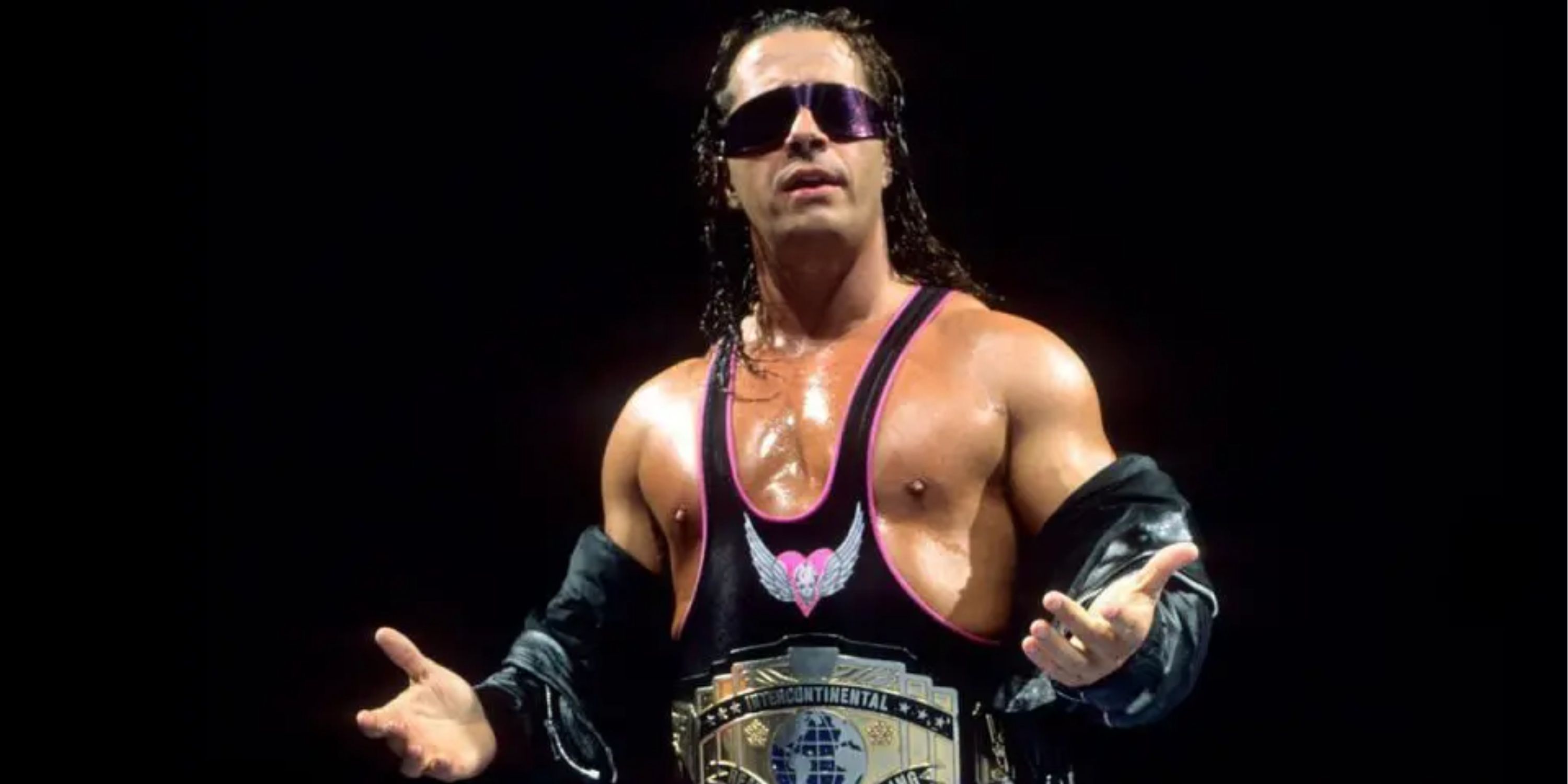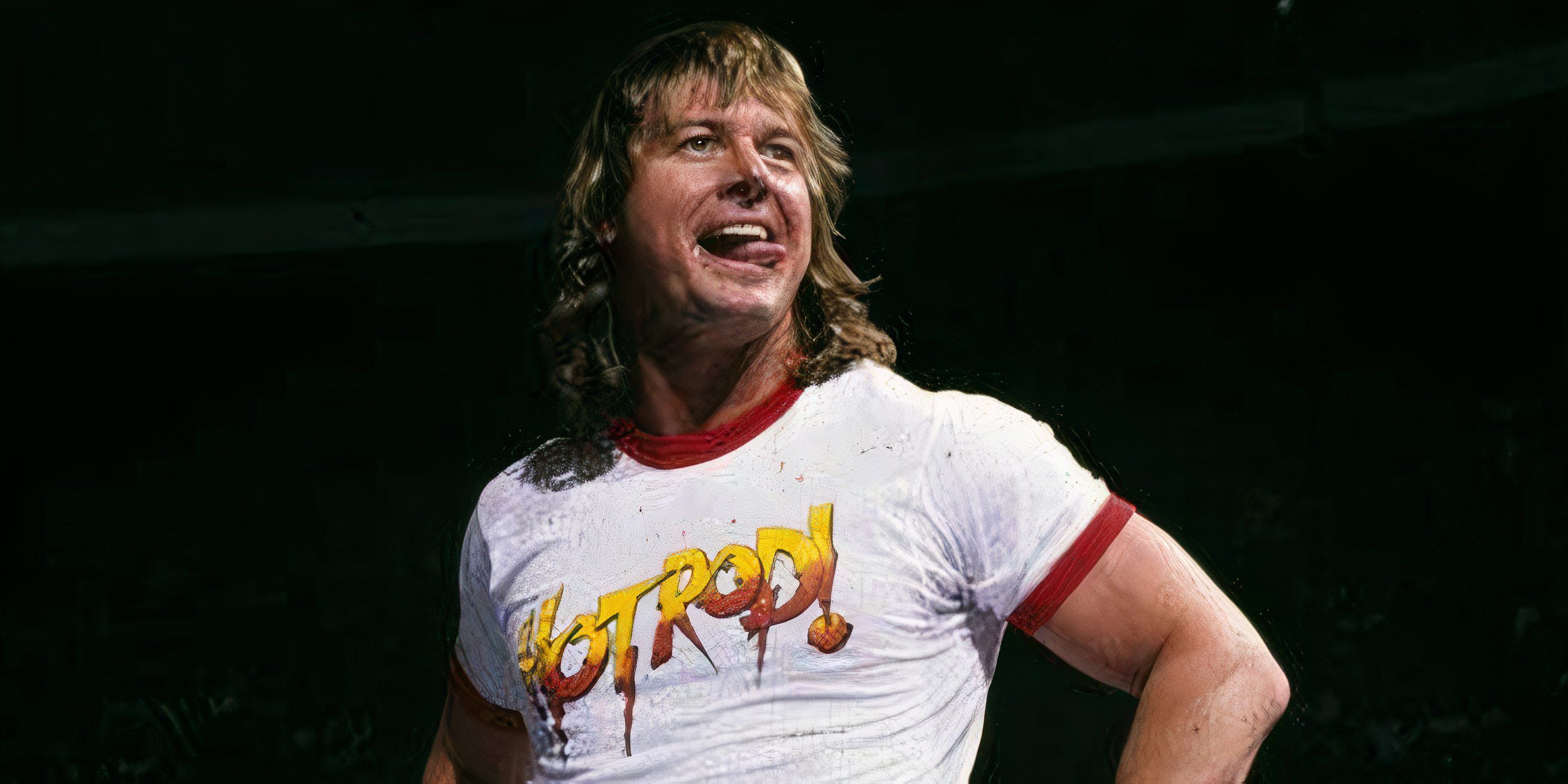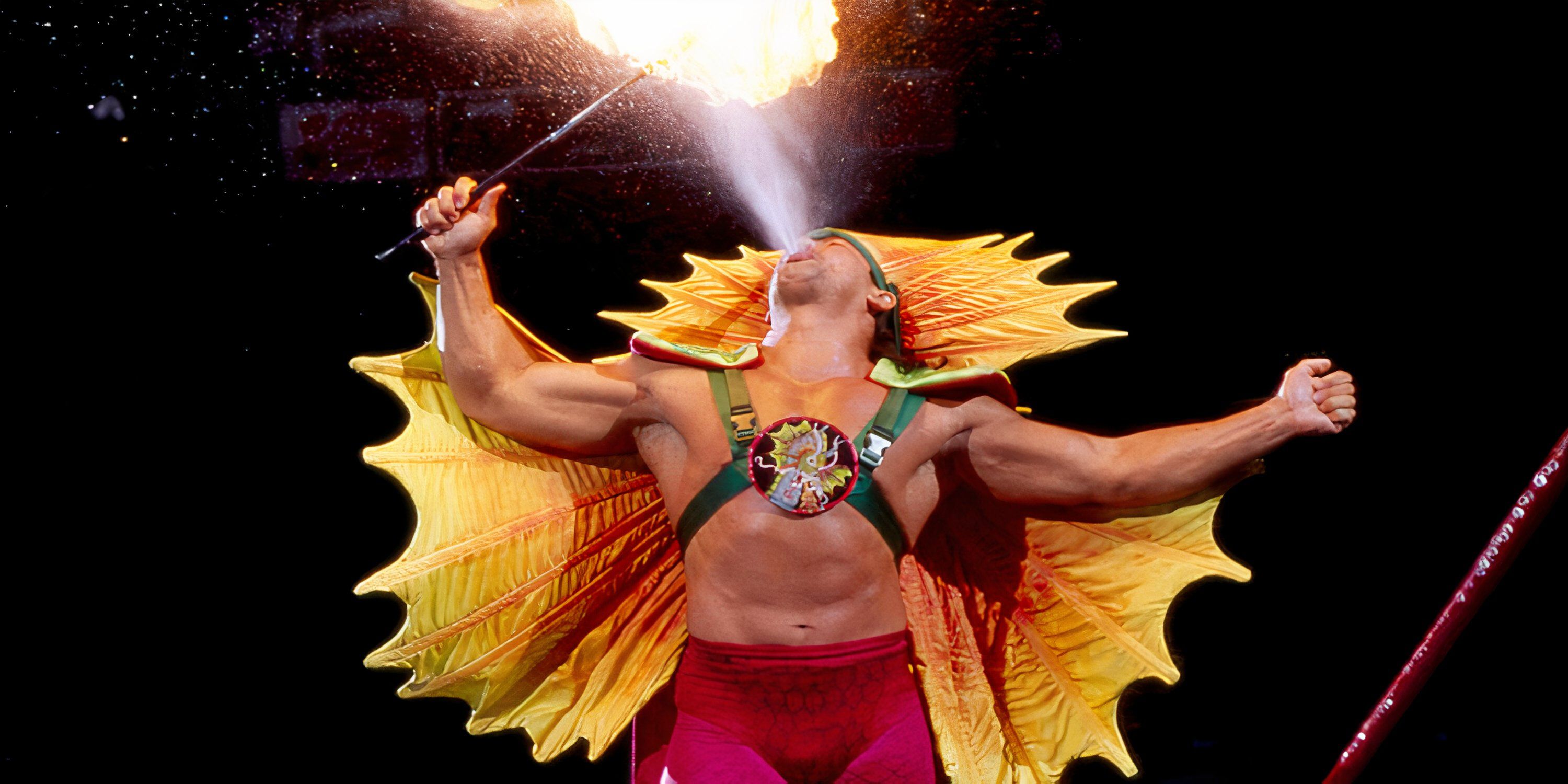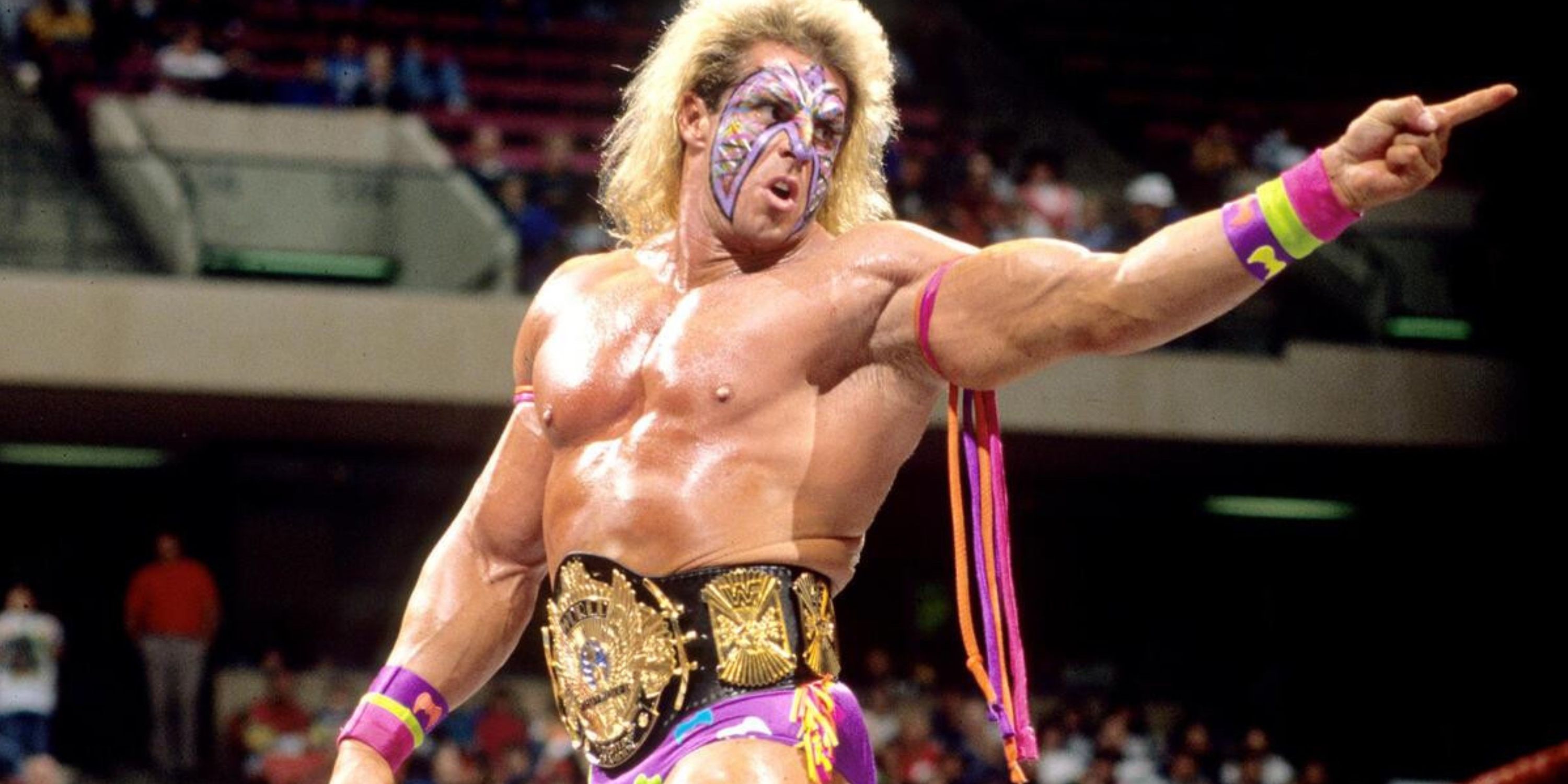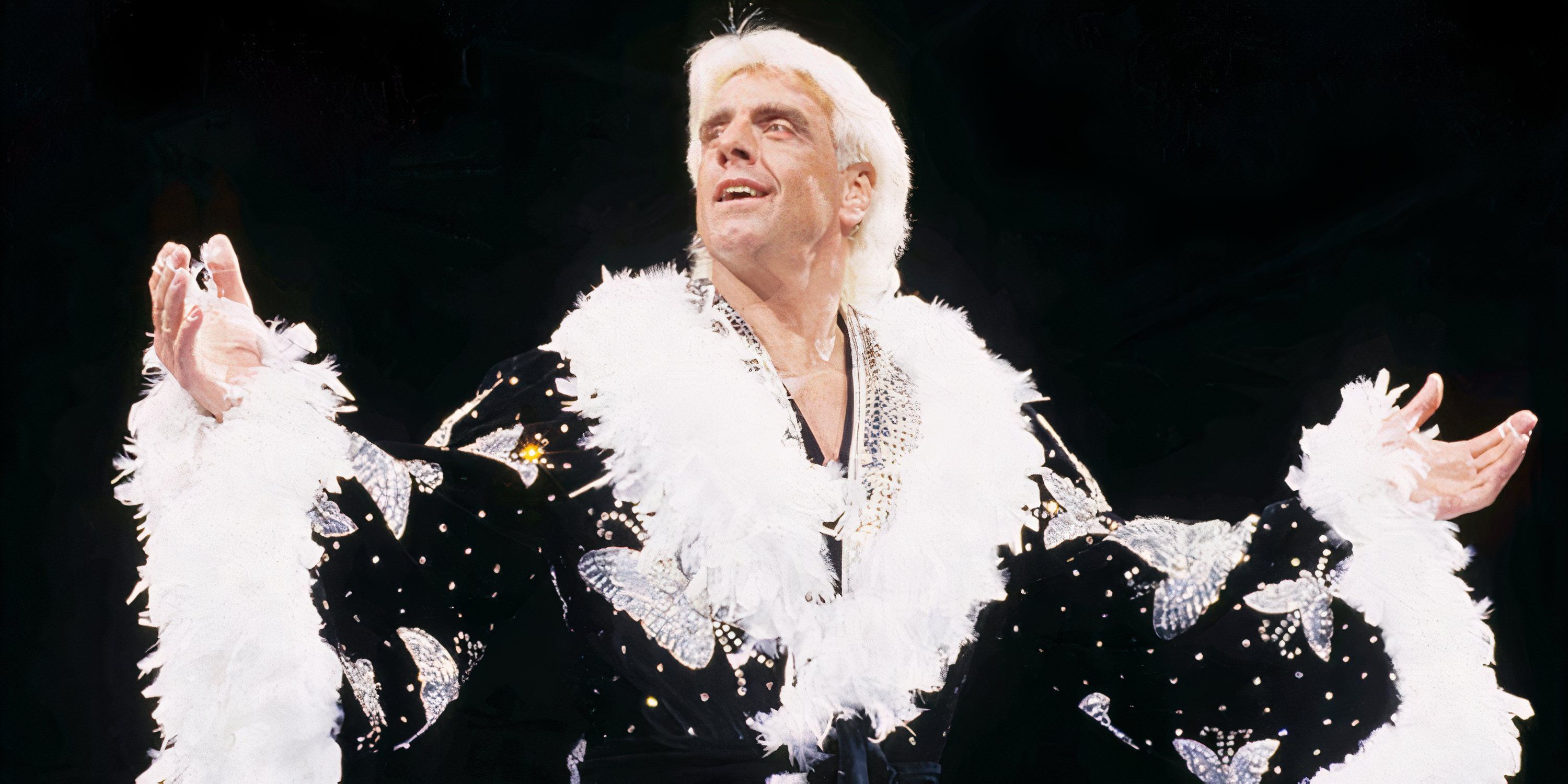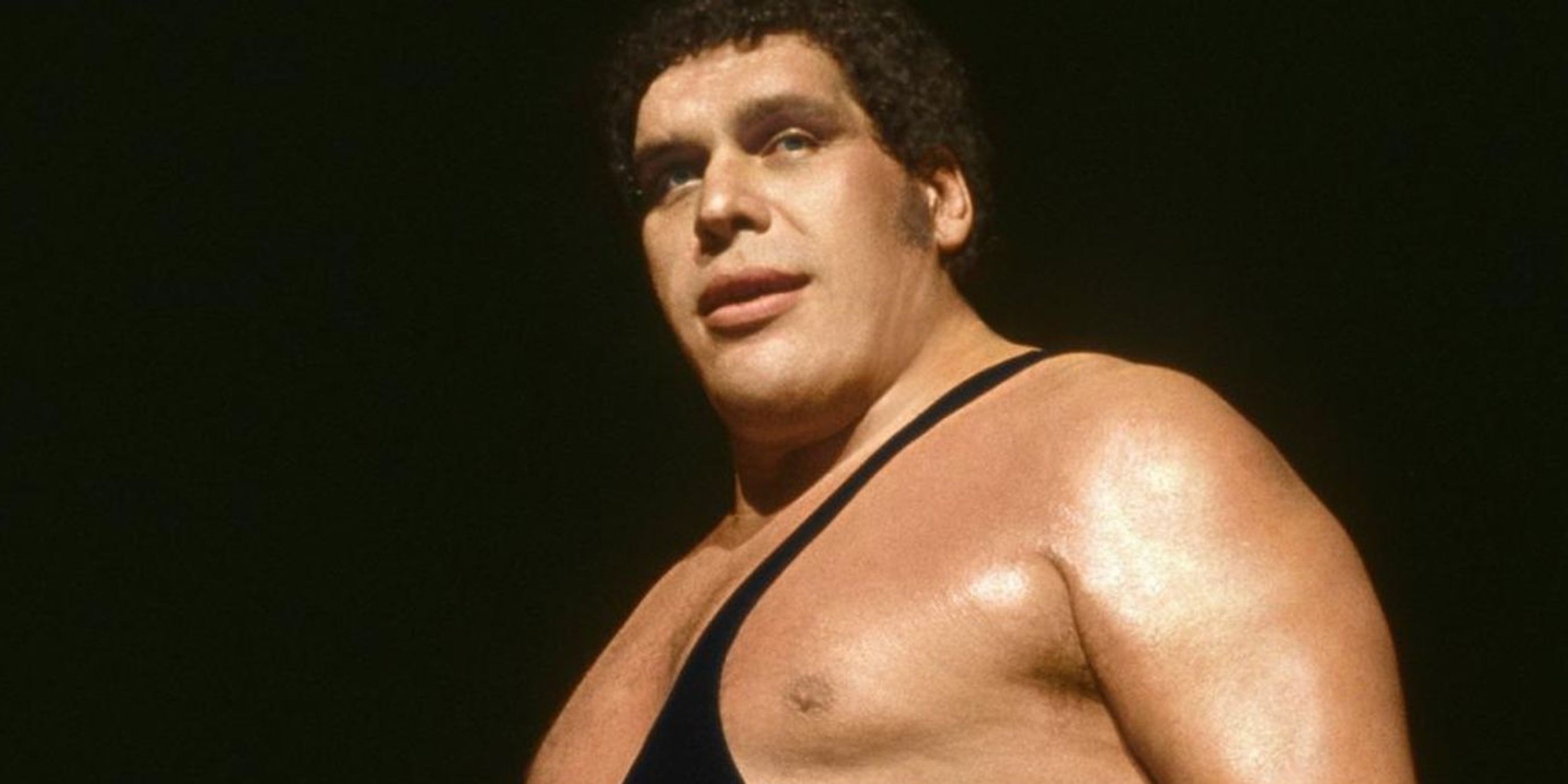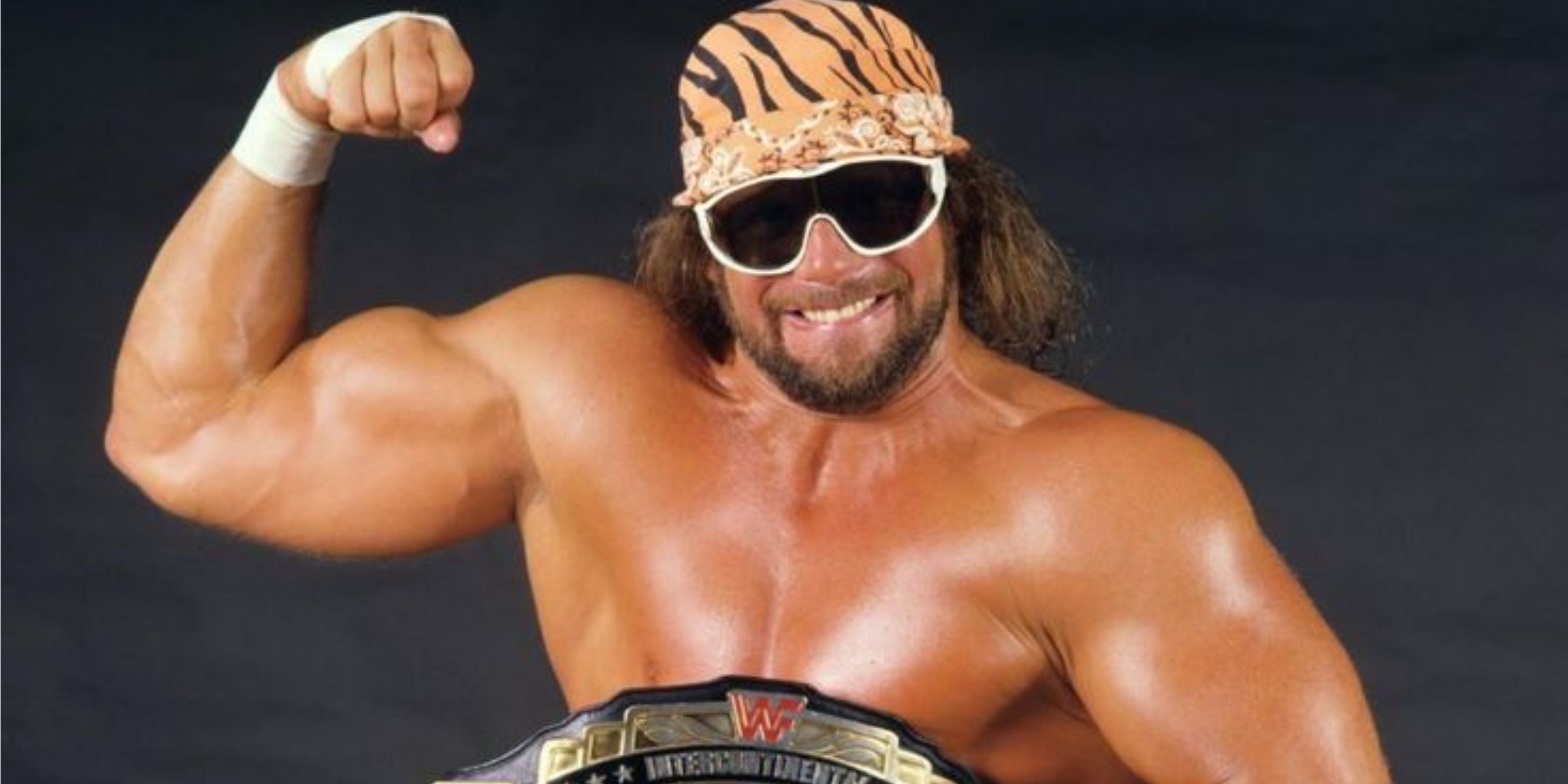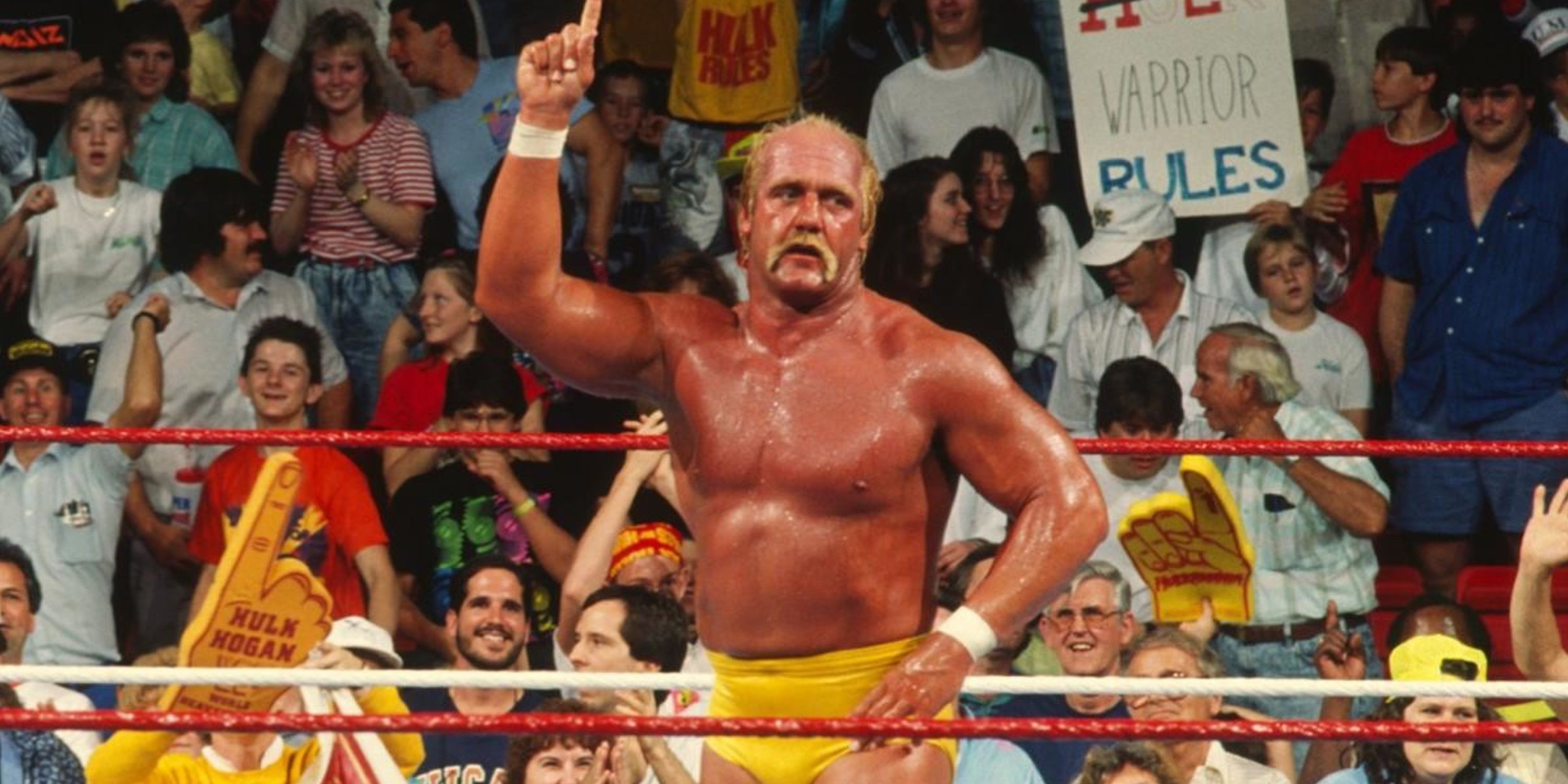Summary
- WWE’s history can be divided into eras and, in truth, has to be, given how long it has been active.
- The Golden Era captivated the first big boom that professional wrestling had across the 1980s and early 1990s.
- All entrants featured in this list are often considered as legends of the industry by wrestling fans.
With a history as storied as that of the WWE, there is a necessity for it to be divided into certain periods. Currently, in the mind of WWE Undisputed Champion Cody Rhodes, the company is amid the “Renaissance Era,” in no small part due to the new creative direction led by Triple H.
Before came the PG Era, a controversial time, given that directly before that there had been the Ruthless Aggression Era and more famously, the Attitude Era, which lent wrestling the angst and reality that many young adults experienced in the 1990s, a sharp change in direction from the New Generation.
First, however, came the Golden Era. Considered to have spanned from 1980 to 1993, it oversaw wrestling’s first big boom period after Vince McMahon took control of the company from his father and expanded rapidly, setting the base on which WWE, as it is known now, was built.
For the Golden Era to have persisted for as long as it did, it was due to several stars that wrestled at the time. So, which 10 wrestlers were the absolute best of the Golden Era?
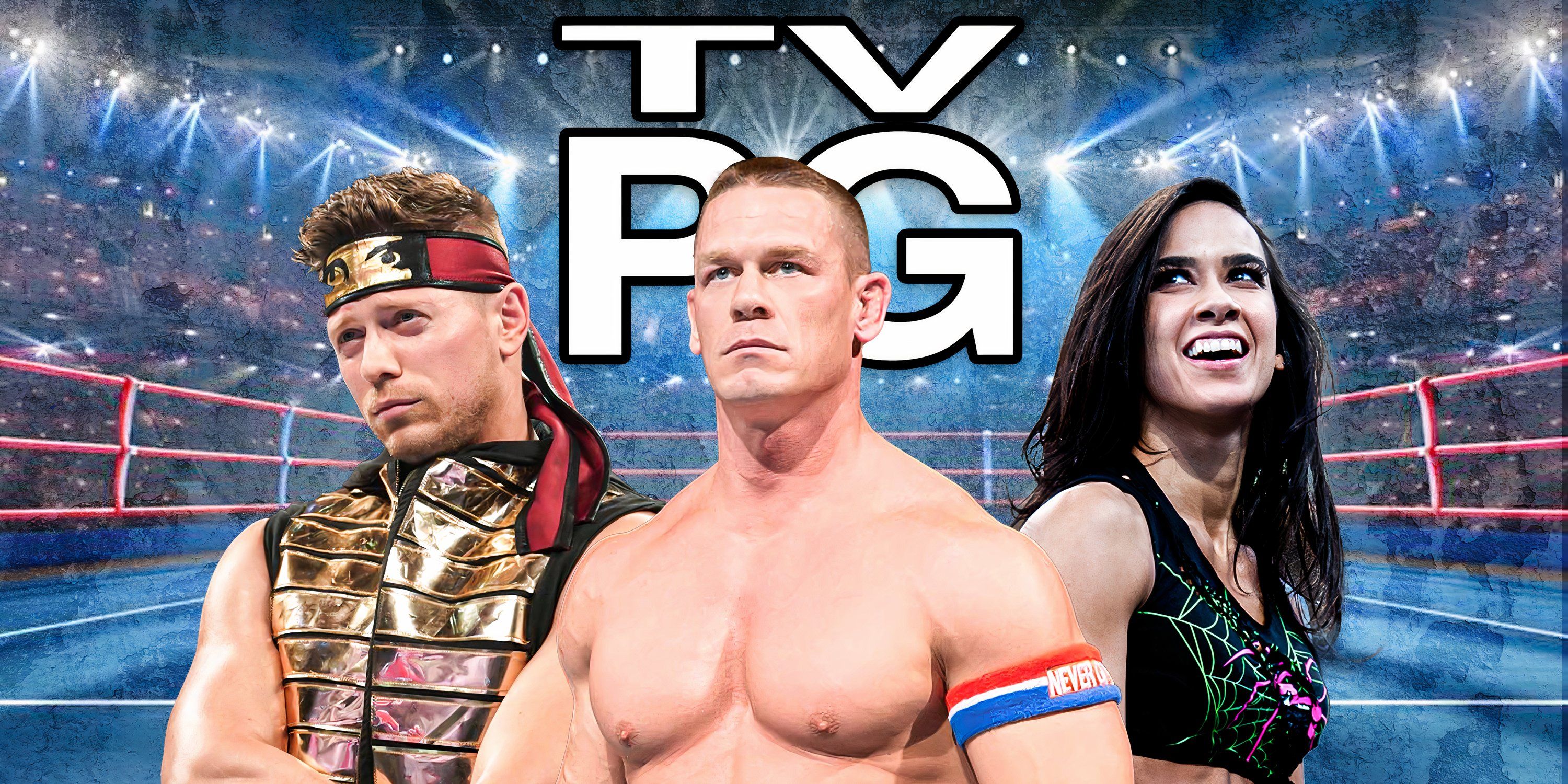
Related
30 Best PG Era Wrestlers in WWE History (Ranked)
The PG Era was a challenging period but several past and present WWE stars’ best moments came at that time.
Here we rank the top 30!
Ranking Factors
Lists are subjective, meaning it is more than feasible for two lists on the same topic to have different entrants, depending on opinions. With that being considered, this list has been ranked on the following criteria:
- Popularity – How well-received was each entrant by the fans, both during their careers and in memory of them?
- Legacy – A simple but important factor, how well-remembered are the legacies of each entrant?
- In-ring ability – Be it their capabilities in the ring, on the mic, or both, just how good was each entrant as a wrestler?
|
10 Best WWE Golden Era Wrestlers |
||
|---|---|---|
|
Rank |
Name |
Tenure During Golden Era |
|
1. |
Hulk Hogan |
1983-1993 |
|
2. |
Randy Savage |
1985-1993 |
|
3. |
Andre the Giant |
1984-1991 |
|
4. |
Ric Flair |
1991-1993 |
|
5. |
The Ultimate Warrior |
1987-1992 |
|
6. |
Ricky “The Dragon” Steamboat |
1985-1988, 1991 |
|
7. |
“Rowdy” Roddy Piper |
1984-1987, 1989-1993 |
|
8. |
Bret “The Hitman” Hart |
1984-1993 |
|
9. |
Mr. Perfect |
1981-1983, 1988-1993 |
|
10. |
Jake “The Snake” Roberts |
1986-1992 |
Jake “The Snake” Roberts
1986-1992
A master of in-ring psychology, Jake “The Snake” Roberts received consistent praise for his ability on the mic. Speaking with a demeanour as cold as it was calm, Roberts’ quiet threats of violence made him stand out in a landscape otherwise made up of big words and bigger voices.
Debuting in the WWF in 1986, Roberts was often accompanied to the ring by his pet snake, Damien, who he would place on beaten opponents after a match. The innovator of the DDT, Roberts swiftly found popularity amongst the fans, despite efforts to present him as a heel character.
Despite never winning a major title between his debut and initial departure from the company in 1992, Roberts’ character work ensured that he remains a popular figure to this day.
Mr. Perfect
1981-1983, 1988-1993
Curt Hennig enjoyed three separate stints with the WWE, debuting initially in 1981. It was for his second stint, between 1988 and 1996, however, that he rightly received the most praise for his ability. Returning after a five-year absence from the company, Hennig made all that would listen aware of how perfect he was in the ring, contributing to his nickname.
An exceptional technical wrestler and one of his era’s best workers, Mr. Perfect enjoyed an unbeaten run that spanned almost two years at the start of his return to the WWF, winning the Intercontinental Championship soon after it ended. Hennig is still thought of as one of the title’s best champions because of his in-ring ability, with his reign ending after Bret Hart beat him at the fourth-ever SummerSlam in 1991.
Across the next five years, Hennig struggled for consistency, having been away from the ring for a year with a back injury after his SummerSlam defeat. Hennig departed the WWF in 1996 but is still highly thought of by fans.
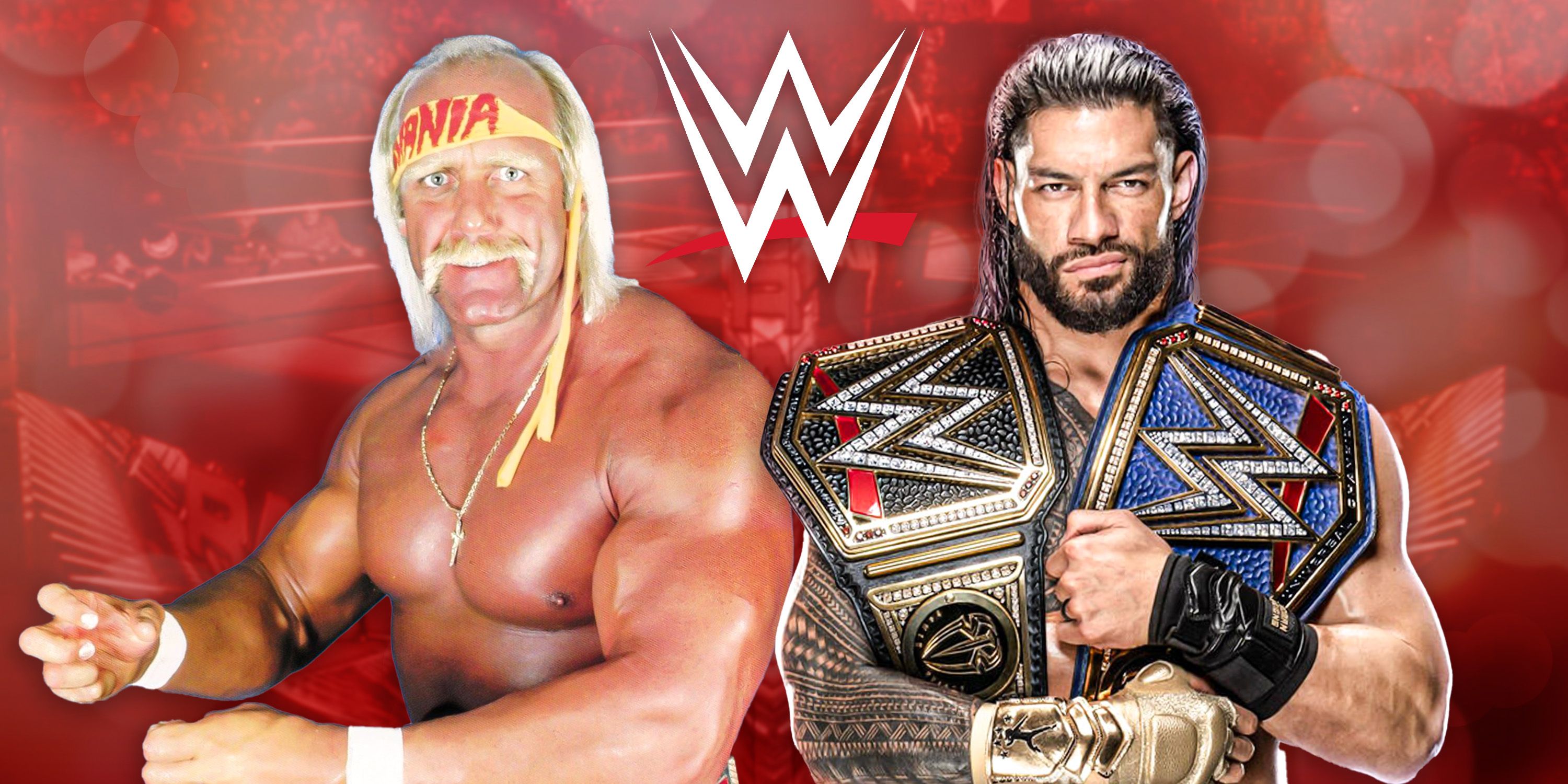
Related
8 Longest Unbeaten Streaks in WWE History (Ranked)
The WWE are known for their unbeaten streaks and the top 10 longest streaks have been ranked including Roman Reigns, the Undertaker, and Asuka.
Bret “The Hitman” Hart
1984-1993
“The best there is, the best there was and the best there ever will be.”
Immortalised by his involvement in the Montreal Screwjob, Bret Hart enjoyed much success in the years prior. For much of the Golden Era, the Hitman was part of the Hart Foundation, alongside his brother-in-law, Jim “The Anvil” Neidhart.
Hart’s agility and overall technical prowess nicely contrasted Neidhart’s brute power and the pair would enjoy two reigns as WWF Tag Team Champions. After the Foundation dissolved in 1991, Hart would swiftly find singles success, winning the Intercontinental Championship from Mr. Perfect later that year.
The Hitman, with his signature leather jacket and sunglasses, saw his popularity continue to rise. By 1992, after losing the Intercontinental belt to Davey Boy Smith, Hart triumphed against Ric Flair to win the WWF Championship for the first time, battling to either retain or win the strap for the remainder of the Golden Era.
“Rowdy” Roddy Piper
1984-1987, 1989-1993
One of, if not the absolute best, heels of his era, to be dubbed “the most gifted entertainer” in wrestling by Ric Flair, of all people, is no easy feat. Rowdy Roddy Piper made his WWF debut in 1979, becoming a more established part of the roster in the 1980s, particularly through his highly popular Piper’s Pit segments.
Piper was a crucial component of the first-ever WrestleMania, teaming up with Paul Orndorff in a losing effort against Hulk Hogan and Mr. T. After a two-year hiatus, Piper returned to the WWF in 1989, remaining with the company for a further seven years. He lifted the Intercontinental Championship in 1992, his only singles title win in the company.
Billed from Glasgow, Piper embraced his Scottish heritage with his short temper, use of a kilt and bagpipes in his entrance music. A sensational talker, Piper is still fondly remembered for his work in the Golden Era, over three decades after the period came to an end.
Ricky Steamboat
1985-1988, 1991
Excluding a brief stint in 1991, Ricky “the Dragon” Steamboat spent just three years with the WWF in the Golden Era. Despite a short tenure, the mark left by Steamboat was indelible. A face to the bone, Steamboat was an incredible technical wrestler, capable of putting on showcases with anybody.
WrestleMania III is often regarded as one of the greatest-ever WrestleMania’s and Steamboat’s clash with Randy Savage for the Intercontinental title is a large reason as to why. The match is regarded as a classic and despite being almost 40 years old, is still cited as an influential bout, with Steamboat emerging as the victor.
Asking for time off due to the birth of his son put a wedge between Steamboat and management at WWF, with The Dragon being given little to do after losing his title to The Honky Tonk Man later in 1987. The following year, Steamboat departed the company but did so having established a firm, long-lasting legacy.
The Ultimate Warrior
1987-1992
As energetic as he was enigmatic, The Ultimate Warrior was a larger-than-life personality who, despite a relatively short tenure with the WWF, is still considered a legend of the Golden Era. Warrior, sprinting to the ring and shaking the ropes with as much force as he could muster, is one of wrestling’s most iconic entrances in history.
Debuting in 1987, Warrior was quickly pushed towards the top, ending The Honky Tonk Man’s then-record Intercontinental title run in 1988 by squashing the former champion. By 1990, during his second reign with the belt, Warrior started to be shaped as the successor to Hulk Hogan.
Warrior beat Hogan that year to win the WWF title, becoming the first wrestler ever to have held it alongside the Intercontinental strap, though he vacated the belt after winning the WWF Championship. He would remain with the company for just two further years before, in 1992, Warrior departed the company after conflicts with Vince McMahon.
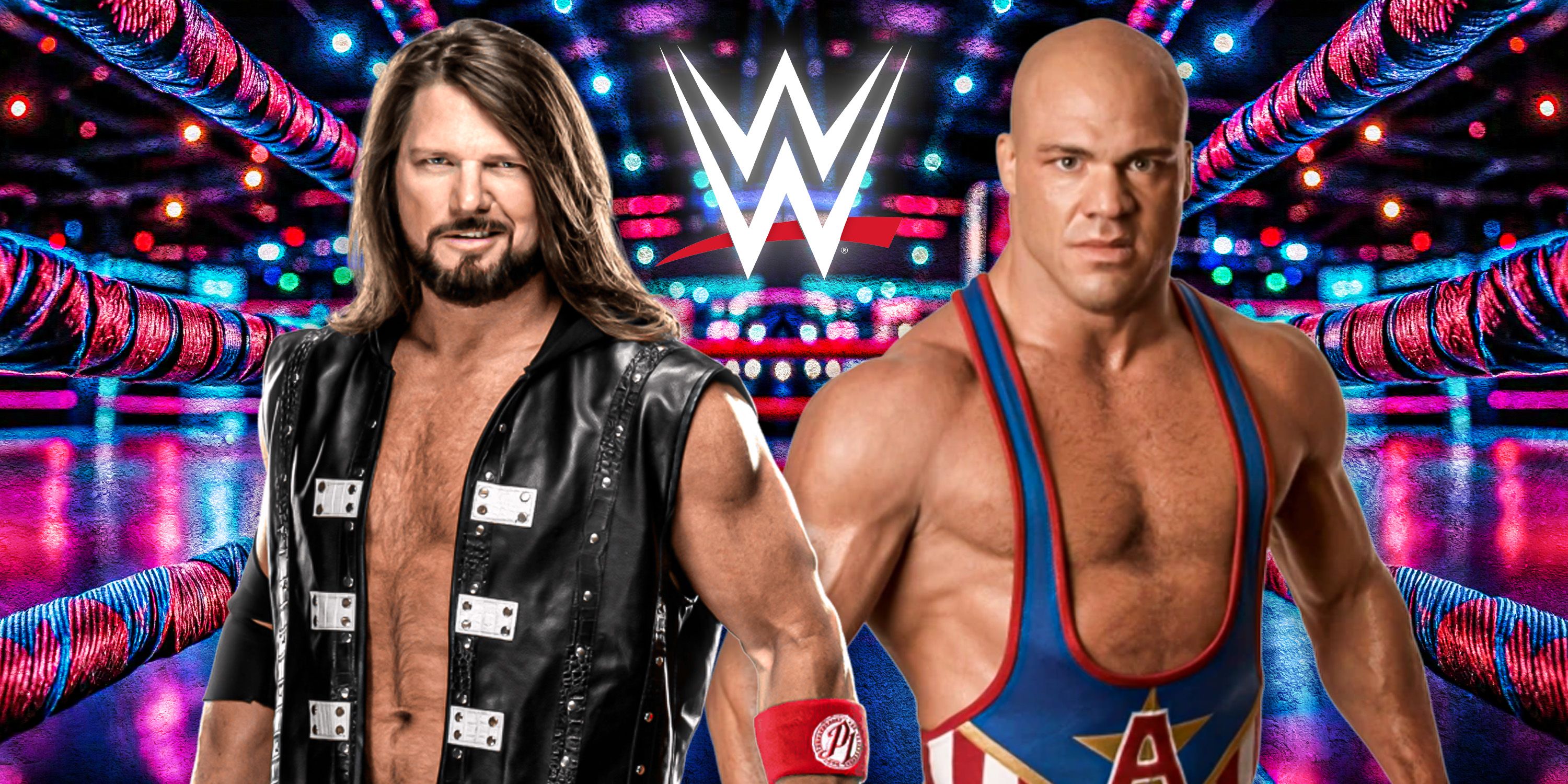
Related
10 Best Technical Wrestlers in WWE History (Ranked)
Some of the greatest technical wrestlers of all-time have performed for WWE
Ric Flair
1991-1993
Every wrestling promotion needs at least one big draw, the face that brings the fans to the shows. For the NWA and WCW across the 1970s, 80s and early 90s, that man was none other than Ric Flair. The Nature Boy, particularly as part of the Four Horsemen, was one of the industry’s biggest stars.
In 1991, after a contract dispute with WCW ownership, Flair departed the company, waltzing through the doors of their direct rivals, WWF, with the Big Gold Belt, a title that Naitch had become synonymous with. Flair would only remain with the company until 1993 for his first stint, but such was his magnitude that, even in the Golden Era’s dying embers, he was one of the era’s most important figures.
Flair famously lasted for an hour in the 1992 Royal Rumble, winning the vacant WWF Championship after entering at number three. The Nature Boy would go on to have two Intercontinental Championship reigns before his departure after Vince McMahon had planned on utilising Flair as a mid-card talent.
Andre the Giant
1984-1991
After working under Vince McMahon Sr. during the 1970s and early 1980s, Andre the Giant was a star during the Golden Era, a larger-than-life warrior who seemed impossible to beat. Standing well over seven feet tall, Andre turned from face to heel in 1987, aligning with Bobby Heenan to rival a certain Hulk Hogan.
Having never been pinned or forced to tap in a WWF ring, Andre was a formidable opponent. Despite failing health in his later years as a wrestler, the Giant was still involved in perhaps the most memorable event of the entire Golden Era.
At WrestleMania III, facing off against Hogan to culminate the feud they had been involved in, Andre was body-slammed by the Hulkster–advertised as the first time this had happened to the Giant–and hit with the famous running leg drop, a scene that remains legendary to this day.
Randy Savage
1985-1994
A two-time WWF Champion, Randy Savage spent nine years with the company, joining them in 1985 and winning the Intercontinental title within his first year. “The Macho Man” became renowned for his flamboyance and charisma, which combined with his in-ring ability, helped him rise to the very top of the company.
As part of the Mega Powers along with Hulk Hogan in the late 80s, Savage won a 14-man tournament to win the vacant WWF Championship, holding it for just over a year. Tension between Savage and Hogan rose in 1989, with both vying for the affection of manager Miss Elizabeth.
Ultimately, the Mega Powers would implode after Savage attacked his friend, leading to their clash at WrestleMania V where Hogan overcame the Macho Man to win the gold. Savage would remain with the WWF until 1994, but the Mega Powers storyline helped him etch himself into company folklore.
Hulk Hogan
1983-1993
The man on which Vince McMahon placed most of his trust during one of his company’s best-ever eras, Hulk Hogan was undoubtedly the biggest character of WWF’s Golden Age, being involved in the main event of eight of the first nine WrestleManias.
Hulkamania ran rampant in the 1980s, with Hogan becoming a star in every sense of the word. Able to overcome the biggest of foes, Hogan got the crowd onside with his traditional “Hulking Up,” in which he would battle back from heavy offence from his opponent to change the momentum of a match and emerge as the victor.
Be it with Andre the Giant, Randy Savage or any other talent, Hogan was always at the forefront of the WWF and held the WWF title five times in the Golden Era. Hogan’s original departure from the company in 1993, alongside the emergence of the likes of Shawn Michaels, The Undertaker, Razor Ramon and more, can be used to signify the end of the Golden Era, of which Hogan was the leading light.
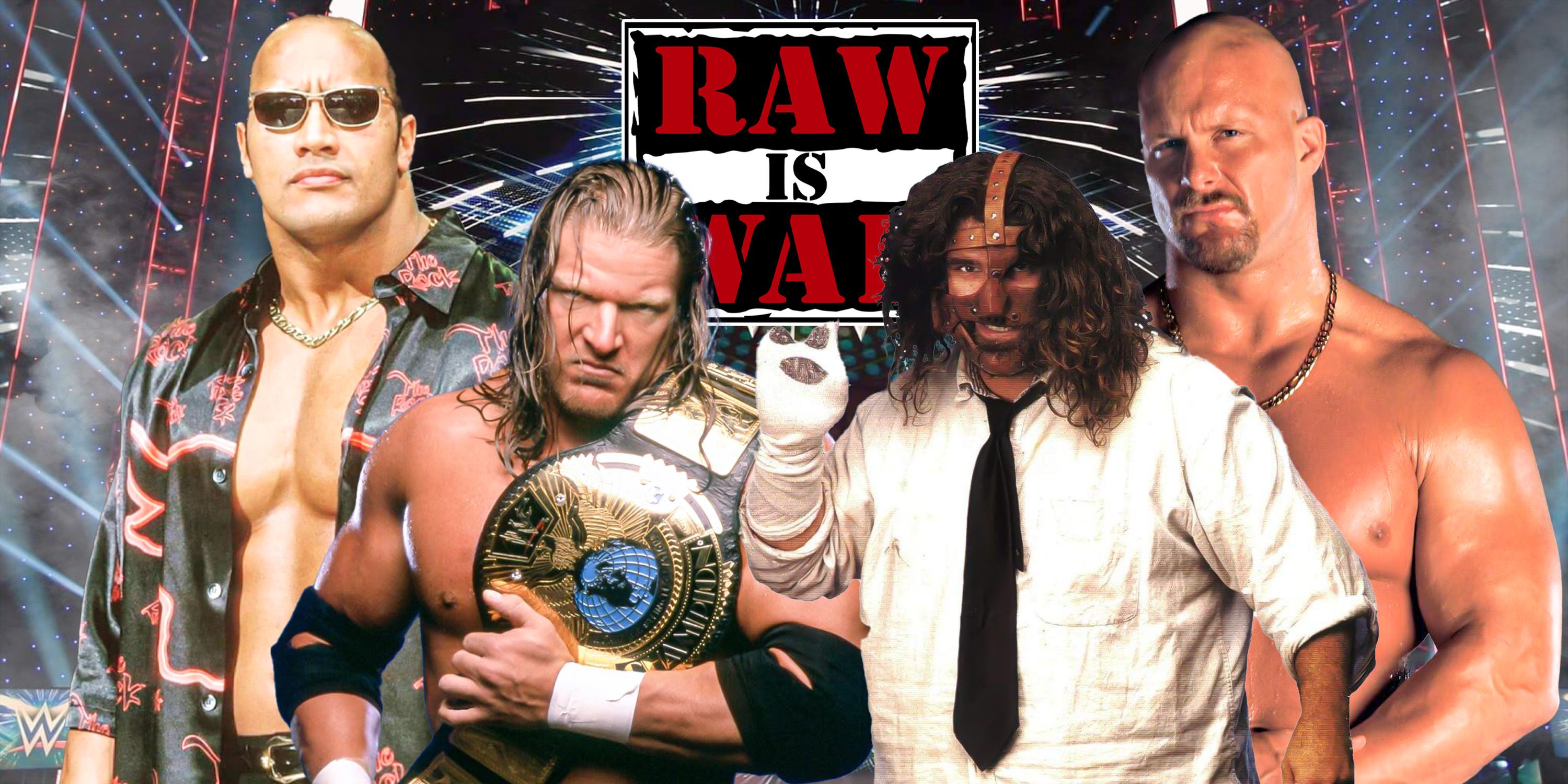
Related
10 Best Attitude Era Wrestlers in WWE History (Ranked)
Ranking the greatest Superstars who defined WWE’s chaotic, yet beloved, Attitude Era.
About Author
You may also like
-
PSG President Nasser Al-Khelaifi Charged in French Corporate Abuse of Power Case
-
Arne Slot could see two Liverpool youngsters depart this summer
-
Star expected to choose Barcelona transfer over Chelsea & Man United following talks
-
Today in Football – Things You May Have Missed
-
Arsenal now want to sign Bundesliga star with ‘enormous potential’
